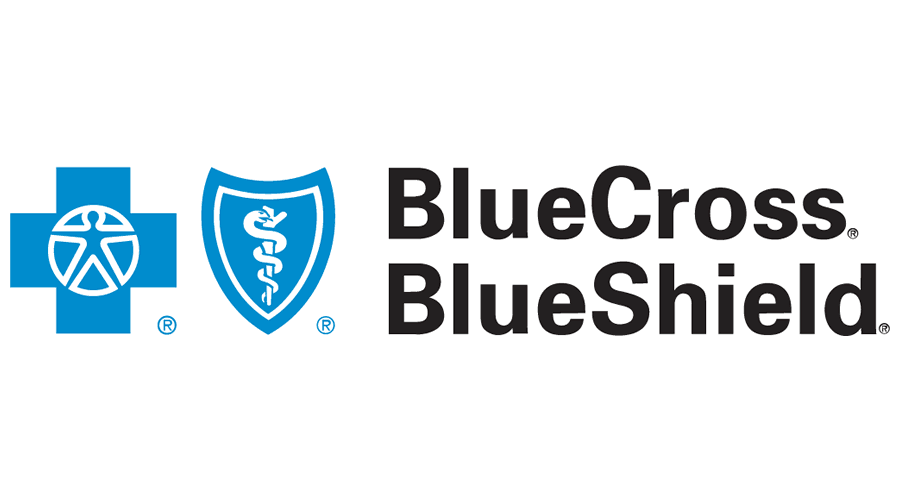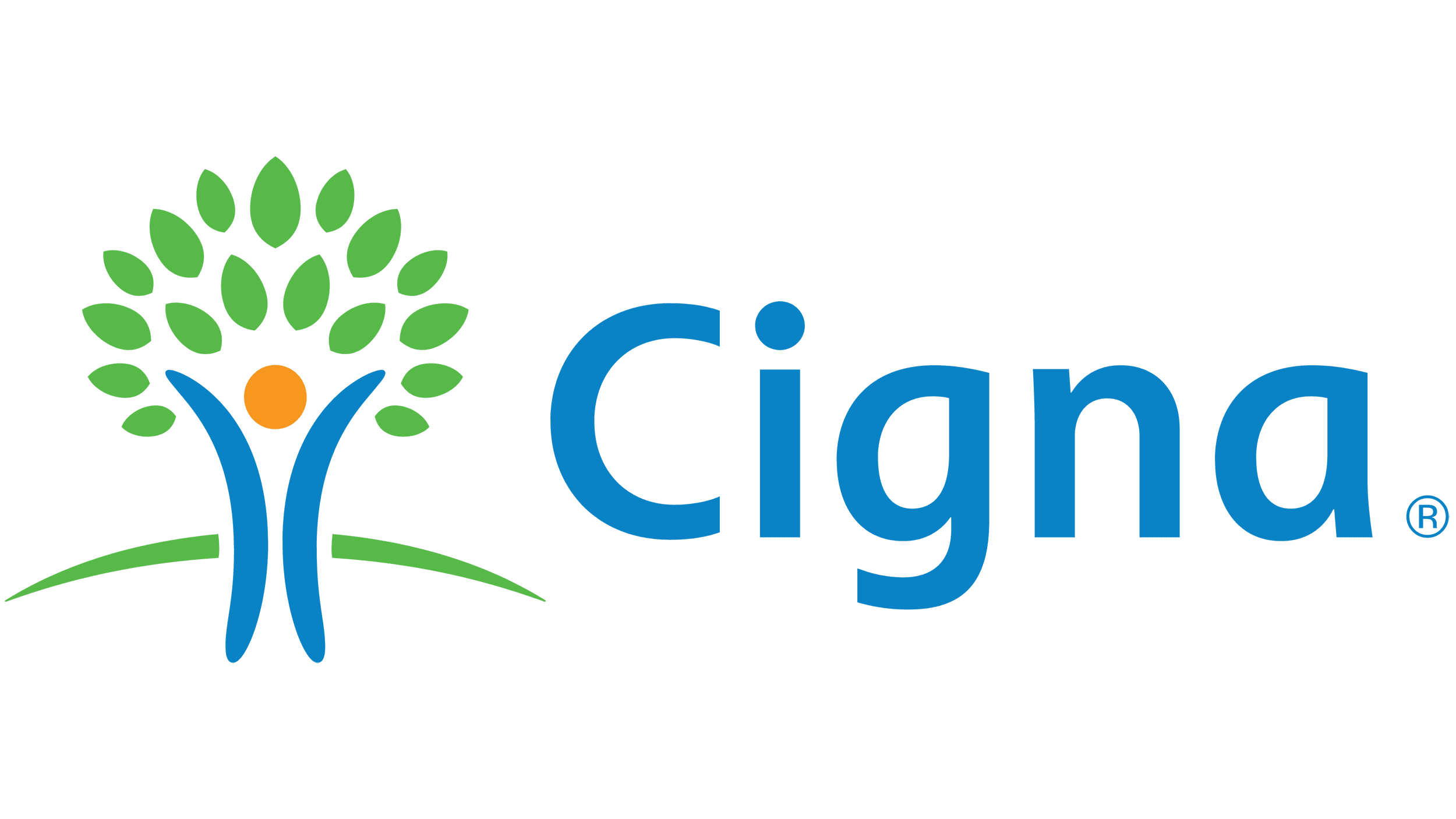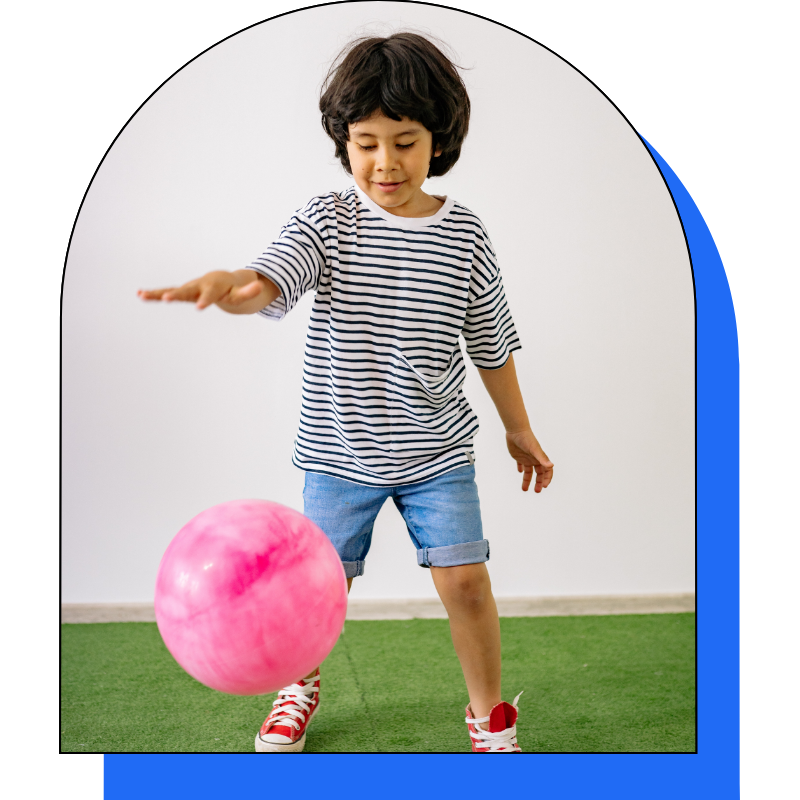Welcome to Inner Circle Autism Network
We believe that therapy should be fun! At Inner Circle, it is our mission to inspire each child to grow, learn, play, connect, wonder, and discover.

What is ABA?
Applied Behavior Analysis (ABA) therapy is an evidence based therapy that uses behavioral science to help teach new skills and adaptive behaviors in a fun and positive way. Every program at Inner Circle is specifically designed for each child’s individual needs, strengths, and learning styles.
Children make progress at their own pace
ABA helps each child make progress at their own pace. This means that your child will learn in a way that feels comfortable for them based on their interests, skills, and learning style. Over time, your child will be able to do things they may have found difficult or even impossible and feel proud of themselves along the way!
ABA emphasizes an integrative approach
ABA emphasizes your child’s development across a variety of categories including communication, social interaction, language development, daily living skills, play skills, and social-emotional development.
ABA therapy helps to develop adaptive behaviors and new skills
ABA therapy is effective in helping to reduce challenging behaviors such as tantrums, bed-wetting, feeding problems, aggression, self-injury, and other behaviors. Additionally, ABA therapy focuses on helping each child develop adaptive behaviors and new skills.
Hear what Inner Circle families are saying!


















Getting started
Every member of our Inner Circle team is passionate about providing the quality that you and your child deserve. We are here to help you through every step of the intake process.
Consultation
We believe that it is important to take the time to get to know you and your child. During the consultation, a BCBA will review your child’s history to better understand their unique needs, discuss therapy options and answer any questions that you may have.
Evaluation
During the evaluation, the treatment team will assess your child’s skills, behaviors, and needs through direct observation, direct assessment, and parent interviews. This information is then used to develop a customized treatment plan, establish goals, and determine the level of services needed.
Starting therapy
Once we have reviewed and finalized your child’s treatment plan, we will submit it to your insurance provider for approval. Once approved, your child will be ready to start receiving ABA therapy.

ABA Therapy 101
Explore these helpful articles and learn more about Inner Circle ABA therapy!
The Science Behind Play-Based ABA Therapy
From the outside looking in, ABA therapy can look a lot like...
What to do After Your Child is Diagnosed With Autism
An autism diagnosis, whether expected or surprising, can leave...
Understanding the Autism Diagnosis Process
From the moment a parent or caregiver becomes concerned about a...
The Difference Between an Educational Diagnosis and a Medical Diagnosis of Autism
While both a medical diagnosis and an educational diagnosis of...
What Families Can Expect From ABA at Inner Circle Autism Network
The team at Inner Circle Autism Network understands the uncertainty...
ABA Therapy vs. Traditional Therapy
Although Applied Behavior Analysis (ABA) therapy and other forms of...
Why Inner Circle?
Our play-based, hands-on approach
We believe that children learn best through hands-on, play-based interaction. If a child is having fun, they will not only gain new skills, but they will also develop a love for learning.


We celebrate your child as a unique individual
Our approach to therapy is designed to meet your child’s INDIVIDUAL and unique needs because we know that no two kids are the same. Therapy will incorporate a wide variety of skill areas such as language, communication, social skills, connecting with others, building confidence, positive self-esteem, daily living skills, critical thinking, and academic readiness.
Reliable, quality care
Every member of our Inner Circle team is passionate about providing the quality that you and your child deserve. We take this commitment seriously and are dedicated to providing reliable support for every child and family.

Your questions answered
CLOSED
What is required before my child can begin ABA therapy?
In order to best determine your child’s individual needs, Inner circle requires case history, family history, developmental history, and treatment consent packets to be completed.
Each insurance can have significantly different requirements, however an official medical diagnosis of autism conducted by a physician or psychologist that includes scored assessments to support a diagnosis of autism is required by all insurers.
In some cases there may be additional requirements. Additional documentation can often include items such as primary care visit summary, speech evaluation, vision/hearing evaluation, and others.
How long does the intake process take?
What insurance companies do you accept?
We are committed to making our services accessible and affordable to as many families as possible, and being in network with most insurance providers is just one of the ways we are able to do this.
Below is a current list of our current in-network providers, however if your insurance is not listed, we will work to find you options for services.
- Arkansas Medicaid
- Summit Community Care
- Empower Healthcare
- Arkansas Total Care
- CareSource
- Blue Cross Blue Shield
- United Healthcare
- Cigna
- UMR
- Soonercare
- Qualchoice
- Oklahoma Complete Health
- Humana Healthy Horizons of Oklahoma
- Aetna Better Health of Oklahoma
What will my child’s first week look like?
We believe that it is important that your child always feels comfortable and safe at therapy. In order to build a positive relationship from the start, the first few days of therapy are full of discovery, fun and play. During this time, your therapy team will take the time to get to know your child’s likes and dislikes, favorite activities and motivations through engaging interactive play. Once a positive relationship has been established, your child’s individual treatment goals will be slowly incorporated into therapy.
Who will work with my child?
Because ABA therapy can range from 25-40 hours per week, your child will work with a strong team of passionate and committed individuals which will include a BCBA and 4-6 behavior therapists.
What does a typical day of ABA therapy look like?
ABA therapy sessions are tailored to each child’s specific goals, interests and skills and will therefore be different for each child. However there are some common elements that are often incorporated into every session.
- Natural environment, play based instruction in which learning objectives and goals are naturally incorporated into interactive play.
- Direct one-on-one instruction from a therapist, often reflecting classroom like table top tasks
- Social skills and group instruction often involves working on skills with their peers during activities such as art, music, circle time, pretend play and group games.
- Therapy built around the use of reinforcement and positive interaction in order to build and maintain motivation for learning.
- Data collection occurs during every ABA session in order to document your child’s progress, behaviors and skills. Data is collected digitally by RBT’s and BCBAs through a web based platform and will occur in real time throughout the session.
- Parent involvement is an important part of every ABA therapy program which is why we have built a parent training/observation room at each of our centers designed specifically to provide the opportunity for you to participate in your child’s journey.
How long will my child need ABA therapy?
At Inner Circle, we recognize that every child is unique and as such requires an individualized approach to treatment. This means that there is no magic formula or quick answer and depends on several factors including skills, needs, goals, rate of progress, attendance, intensity of services and other factors. Therapy can range from several months to several years.
Ultimately, it is our goal for every child to develop skills that will allow them to participate successfully in “real-life”. In order to ensure progress toward this goal, each treatment plan includes an individualized transition plan that defines the core skills and goals that are needed prior to transition.